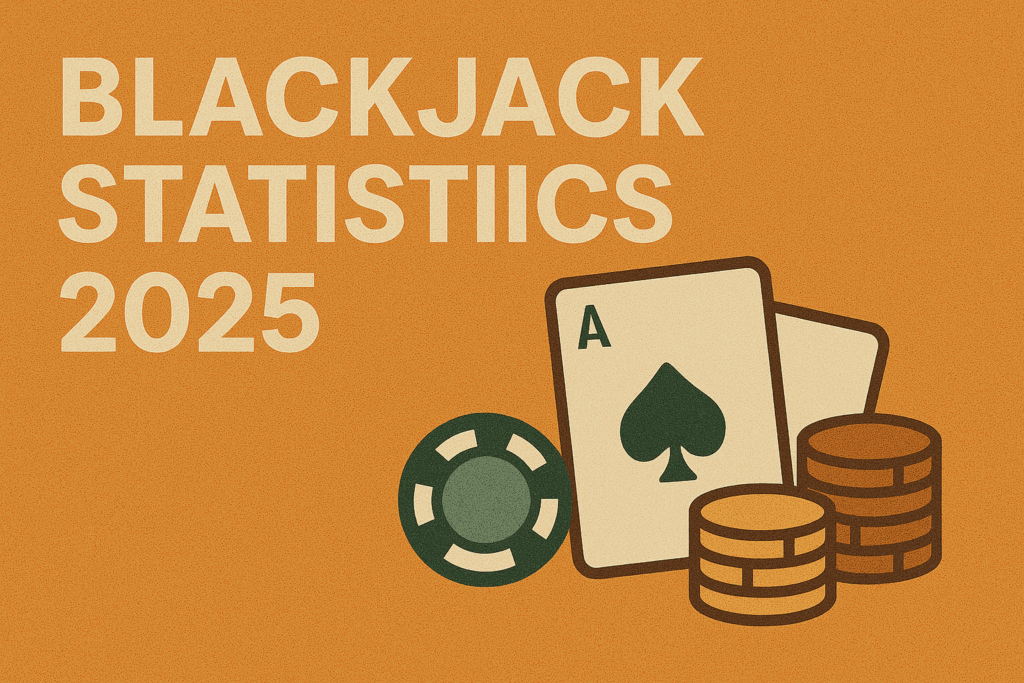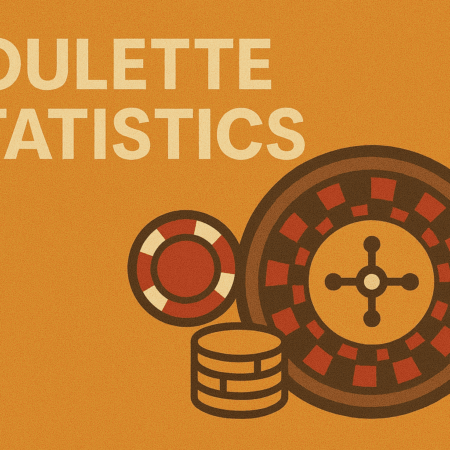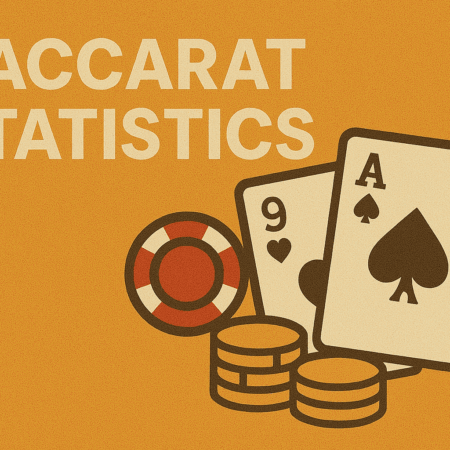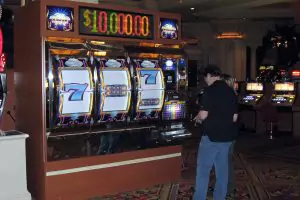
Blackjack remains the most-played casino card game worldwide—and for good reason. It’s one of the rare games where skillful play can reduce the house edge to almost zero. Yet the numbers behind blackjack—win rates, dealer bust odds, house edges, and player advantages—continue to evolve as technology, rule changes, and online growth reshape the game in 2025.
- Sign-Up Offer
- FREE 500 GC + 3 SC
- No purchase necessary
- 100% First-Purchase Boost
- Daily Login Bonus: 10 FS
- Social Media Contests
- VIP Exclusive Rewards
This report breaks down the latest blackjack data, including house edge analysis, bust probabilities, online vs. land-based trends, and how player strategy impacts outcomes. Whether you’re playing in a Las Vegas pit or on a mobile live-dealer stream, the math remains the same. Only the speed and stakes change.
National Table-Game Revenue & Blackjack’s Role
- Total U.S. table-game revenue (excluding Louisiana & Michigan specifics):
U.S. commercial casinos took $761.8 million from table games in April 2025, -2.0 % YoY, even as slot revenue grew. - Blackjack share nationwide:
While no comprehensive national breakdown by game exists, Nevada’s numbers—a leading market with 51.64 % of table units and 32.75 % of table-game win in Nevada (2024). No nationwide split is published, but Nevada remains the best proxy. Nationally, blackjack remains the most offered and played table game, but its dominance has receded steadily from its historically high mid-century share.
iGaming’s Explosion & Blackjack’s Role
- The U.S. online gambling market reached $5.97 billion in iGaming GGR (casino only) in 2025, and is forecast to hit $12.8 bn by 2030 (CAGR 16.5 %).
- Live-dealer blackjack is a fast-growing component, especially within casino gaming.
Live-Dealer Blackjack & Mobile Trends
- Mobile devices drive online gambling: Grand View Research notes smartphones are now the primary platform for online-casino play, with mobile expected to overtake desktop in revenue by 2026.
- Demographics skew younger: A March 2025 Voluum survey reports 18-34 year-olds are the most mobile-first segment of U.S. online gamblers, out-indexing older cohorts.
- Live-dealer growth: According to Grand View Research, live-dealer table games are among the fastest-growing segments in U.S. online casinos—driven by immersive streaming and real-time interaction.
Blackjack Basics: Quick Refresher (2025 Update)
Goal: Beat the dealer’s hand without going over 21. If the dealer busts and you don’t, you win. If both hands are under 21, the higher total wins. If both match, it’s a push (tie).
Standard Blackjack Payouts:
- Blackjack (Ace + 10-card) pays 3:2 in full-pay games.
- Reduced 6:5 payout is now common on the Las Vegas Strip and online low-limit games—this adds +1.39% to the house edge, dramatically reducing your expected return.
Dealer Rules:
- Most blackjack tables require the dealer to hit soft 17 (a hand containing an Ace counted as 11).
- If the table specifies “S17” (dealer stands on soft 17), it reduces the house edge by ≈0.20–0.25%.
Key Player Actions:
- Hit – Take another card
- Stand – Keep current total
- Double Down – Double your bet, draw one more card
- Split – Split same-rank cards into two hands
- Surrender (if allowed) – Forfeit half your bet to fold a weak hand early
Blackjack Odds Explained (Updated for 2025)
Using perfect basic strategy in a 6- or 8-deck shoe (H17, DAS allowed):
- Win: ≈ 42.22%
- Push (tie): ≈ 8.48%
- Loss: ≈ 49.10%
- Resolved win rate (ignoring pushes): ≈ 46.36%
🧠 This means blackjack is one of the rare casino games where skilled players can nearly flip the odds with optimal play.
House Edge in Blackjack: Game-by-Game Comparison (2025)
Blackjack house edge depends heavily on rules and player skill.
- With perfect basic strategy:
House edge can drop to ~0.5%, or even 0.28% with ideal single-deck rules (S17, DAS, resplit allowed). - Without strategy or on poor-rule tables:
House edge can jump to 2% or more, especially with 6:5 payouts and no surrender/doubling options.
Blackjack Return-to-Player (RTP) Benchmarks – 2025 Update (U.S.-Facing Games)
| Variant / Rule Set* | Published RTP† | House Edge | |
| Single-deck “classic” (S17, DAS, 3 : 2) – still rare but offered by a few U.S. live-dealer streams and high-limit pits | 99.6 – 99.8 % (≈0.18 – 0.40 pp edge) | Wizard of Odds calculation for single-deck S17 (0.18 pp); Casino.org notes 99.6 % on Relax Gaming’s single-deck live tables | |
| Multi-deck RNG Blackjack (6- or 8-deck, H17, DAS) – the default in most U.S. online casinos | ≈ 99.5 % | 0.50 pp edge with perfect basic strategy | |
| “Short-pay” or tightened rules – 6 : 5 payout or H17 and no DAS | ≈ 98.0 – 98.5 % | Dropping 3 : 2 to 6 : 5 alone adds +1.39 pp; combined with H17 the edge often lands between 1.5 – 2 % (RTP 98–98.5 %) | |
| Lightning Blackjack (Evolution) – 8-deck with mandatory “Lightning Fee” equal to your stake | • Advertised RTP 99.56 % on the base wager only casino.org• Effective RTP ≈ 91.2 % after the fee (8.82 pp edge on total amount bet) wizardofodds.com |
*All figures assume flawless basic-strategy decisions.
†RTP = 100 % – house edge.
What the numbers mean for players
- Gold-standard games are still single-deck, S17, 3 : 2 tables (live or RNG). At 99.6 – 99.8 % RTP they leave the casino with less than half a cent for every dollar you wager.
- Most online RNG and seven-seat live tables use six or eight decks with H17; perfect play still gives you about 99.5 % RTP—excellent by casino standards.
- 6 : 5 payoff or other restrictive rules erode that edge fast; the same $10 blackjack now returns roughly $9.85 in the long run instead of $9.96.
- Lightning Blackjack looks enticing with big multipliers and a headline RTP of 99.56 %, but the mandatory Lightning Fee more than doubles the true house take. Wizard-of-Odds simulations put the real RTP closer to 91 %, making it one of the least favorable live-dealer variants on the floor.
Impact of Basic Strategy on Win Rate
Basic strategy is a 150-cell matrix of hit/stand/double/split decisions derived from Monte-Carlo simulations of millions of shoes. Adhering to it cuts the expected loss on a $10 flat bet from roughly 50 cents to less than a nickel over the long run. Key high-leverage plays:
- Always split A-A & 8-8.
- Double 11 vs. any dealer 2-10.
- Hit 16 vs. dealer 10; stand on 16 vs. dealer 6.
- Never take insurance—the side bet carries a true edge of about 7 %.
Because mistakes compound, even one error every 20 hands nudges the edge back above 1 %. That is why most online casinos embed strategy charts in the UI and why New Jersey regulators still allow players to reference paper charts at retail tables.
Card Counting & Statistical Advantage
Card counting is hard and is not as rewarding as television and the movies make it out to be. If you do not know the basic strategy, trying to count cards is highly ill-advised. Experienced card counters still play by the basic strategy the great majority of the time. Counting works because every dealt low card (2 – 6) slightly tilts the remaining shoe toward tens and Aces, boosting the probability of blackjacks (which pay 3:2) and dealer busts. Using the Hi-Lo system:
- True Count +1: ≈ +0.5% edge swing
- True Count +3: ≈ +1% player edge
- Practical long-run advantage: 0.5 – 1.5 % under today’s rules and cut-card depths.
In other words, a skilled counter betting $50 at neutral and $200 at +3 can expect roughly $8 per 100 rounds in EV—a razor-thin line that is wiped out if the pit short-shuffles or converts to continuous shuffling machines (CSMs). Behavioral-skills research even shows trainees needed dozens of hours to reach perfect deck-tracking, underscoring just how fragile that edge is.
Casinos fight back with:
- Increased deck penetration (cutting off half the shoe).
- CSMs and automatic deck shufflers.
- Heat (back-offs, flat-betting orders, or 86’d players).
The net result is that counting is still viable—but more volatile—than in the 1990s MIT glory days.
Online vs. Land-Based Blackjack Statistics
Meanwhile, UNLV data shows blackjack’s Nevada revenue share slid to 33 % in 2024 as baccarat volatility lured high-rollers; yet blackjack still occupies 52 % of physical table real estate, reflecting its enduring mass-market appeal.
Common Misconceptions & Probability Myths
Despite blackjack being a statistically grounded game, many players fall victim to persistent myths that can hurt their chances over time. Let’s debunk the most common ones using real data and probability logic.
- “Hot” or “Cold” Tables
A common belief is that a table on a winning streak is “hot” and will keep paying out, while a losing table is “cold” and should be avoided. In reality, each shuffle resets the deck’s composition. Unless you’re counting cards and tracking the shoe, there’s no predictive value in prior hand outcomes. As confirmed by Wizard of Odds, each hand is an independent event in most games, especially those using automatic shufflers.
- Gambler’s Fallacy
This is the mistaken belief that past losses make a win more likely. For example, if you’ve lost five hands in a row, some players assume the next hand “must” be a winner. This is false—the probability of a win remains the same regardless of the past sequence, as long as you’re not tracking card composition.
- Dealer “Always” Has a Ten
Many players assume the dealer’s down-card is always a 10. But in a standard six-deck shoe, only 30.8% of cards are 10-value (10, J, Q, K). Overestimating this can lead to overly cautious play—such as standing on a 15 or 16 when you should hit—because you wrongly believe the dealer has 20. This flawed assumption can cost you EV (expected value) over time.
- Even-Money on Blackjack vs. Dealer Ace
When holding a natural blackjack and the dealer shows an Ace, they may offer “even money.” This is mathematically equivalent to taking insurance, which carries a house edge of 7–7.5% depending on the number of decks. As PlayOJO and Borgata note, it’s almost always the wrong move—the long-term EV is better just taking the 3:2 payout unless you’re counting cards.
Using Stats to Play Smarter
Blackjack’s numbers paint a clear picture: the game offers some of the lowest house edges in the casino—but only when you play optimally. Memorise (or keep handy) a basic-strategy chart, avoid 6:5 payout tables, and never pay for insurance. If you’re mathematically driven and can disguise your bet-spreads, disciplined card counting can still flip the script by 0.5–1.5%, though the grind is real and casino counter-measures relentless.
For most players, the smarter 2025 move is to leverage statistics in easier, lower-variance ways: hunt promo codes that offset the edge, choose single-deck S17 games when available, and set stop-loss limits tied to session EV (about 0.5 % of total action). Whether you play in a downtown Las Vegas pit or via a 4K live-dealer stream on your phone, the math doesn’t change—only the speed and the stakes do.
Play the percentages. Track the numbers. And remember: in blackjack, knowledge isn’t just power—it’s profit.
About Clovr.com
Clovr.com is your trusted source for expert insights, strategy guides, and market analysis in the world of online gambling, crypto casinos, and blockchain-based gaming. Whether you’re a casual player, a high-stakes bettor, or an investor exploring the intersection of gaming and technology, Clovr delivers up-to-date, data-driven content you can count on.
From in-depth reviews of top-rated platforms to cutting-edge explainers on DeFi gambling, NFTs, and play-to-earn ecosystems, our mission is to help players make smarter, safer, and more rewarding decisions in a rapidly evolving digital landscape.
Stay ahead of the game with Clovr.com — where crypto meets casino with clarity.

 Canada
Canada Deutsch
Deutsch Español
Español Português
Português


